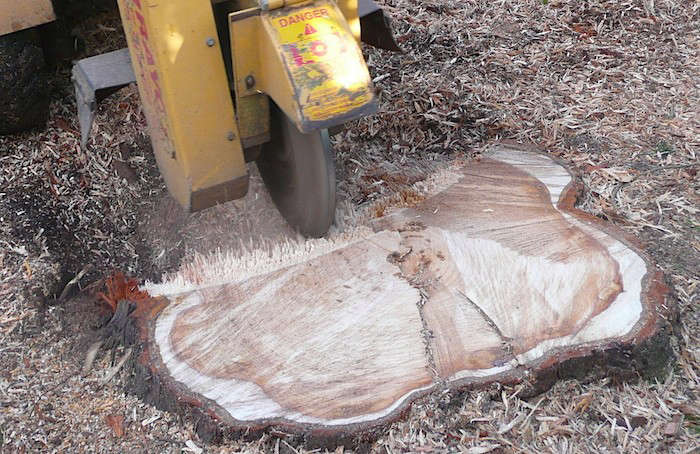So many gardeners these days are looking for ways to be more eco-friendly, but they are also searching for creative ways to save money. The reality is that the choices we make in our gardens affect the environment, all living creatures, and our bank account. Fortunately though, certain pricey materials and high-end design choices can be swapped out for more earth- and pocketbook-friendly options. All it takes is some research, legwork, and a creative mindset.
Please keep reading to learn about some simple garden swaps:
1. Instead of hiring a professional, design it yourself.

A garden design created by a professional will be way more expensive than if you designed it yourself, and of course some projects should be left to the pros (e.g., retaining walls over two feet, electrical work, extensive drainage, and advanced concrete layouts). But there are some projects you may be able to create and build with the help of friends, local garden centers, the trusty library, and the vast internet. Start with an accurate layout of your yard, marking the sun patterns, frost zones, drainage issues and micro-climates; then research materials and plants that complement your garden space. Once your homework is done, start sketching.
2. Skip the larger plants for the smaller sizes.

Trade buying larger sized plants for plants in smaller containers. This swap is smarter because these plants are usually healthier than their larger foliaged friends as they haven’t been sitting in nursery containers as long; plus they cost less and are easier to install.
3. Vintage is often better than new.

Instead of heading to the store to buy new materials and items for your garden, do a little research and find unique resources for used materials. Ideas include: Craigslist, garage sales, flea markets, and your local community websites. Some of the best treasures you’ll find have been slightly worn in and can be had at greatly reduced prices. Look for vintage containers, used bricks, horse troughs, wood pallets, old bathtubs, and gardening tools. Pro tip: Make sure you don’t plant any edibles in a container that could have been painted with lead paint or once contained toxic materials.
4. “Shop” from the municipality, not the gardening center.

Good soil and a layer of mulch are essential ingredients for a successful garden, and luckily there are deals to be had in these departments. Instead of a heading to the store, source mulch from tree cutting companies that will give this stuff away for free. (The only drawback is that you don’t always know what trees were cut and chipped to make the mulch.) As for compost, you can get that from municipalities that turn local green waste into black gold. Pro Tip: If you use this free compost, don’t add to areas where you will grow edibles as there’s no way to tell what its ingredients are or if it’s organic.
5. Swap natural slabs for urbanite.

Flagstone, bluestone pavers, slate, or poured concrete slabs can create a useful, aesthetically pleasing, and durable space, but these hardscaping choices can also be expensive. Enter: urbanite. This mostly unknown term describes landscape elements likes patios, fire pits, walkways and small walls that are made from broken concrete pieces. The benefits of repurposing concrete: you’re saving this material from landfills while saving money. Don’t have your own concrete to break up? Look on Craigslist or call local construction sites that may be more than happy for you to come take it away. Pro Tip: consider staining the concrete pieces with environmentally friendly products. And just in case urbanite isn’t your jam, a simple swap is to create a patio or walkway with more affordable gravel.
6. Forgo the lawn and go for a meadow.

With water restrictions the new norm, it’s super smart to think about ditching your lawn for a more water-saving and pollinator-supporting garden. By installing a meadow-style garden or an arid xeriscape design, you can ditch the mower, trimmer, fertilizer, and high water and maintenance bills and instead enjoy a garden filled with movement, color, and beneficial wildlife and insects. And who knows, maybe this swap can also inspire your neighbors to do the same.
For more cost-cutting ideas, see:
- Landscape on a Budget: 10 Quick Fixes to Add Personality to the Average Garden
- 10 Ways to Save Money on a New Patio
- Low-Cost Luxe: 9 Pea Gravel Patio Ideas to Steal








Have a Question or Comment About This Post?
Join the conversation